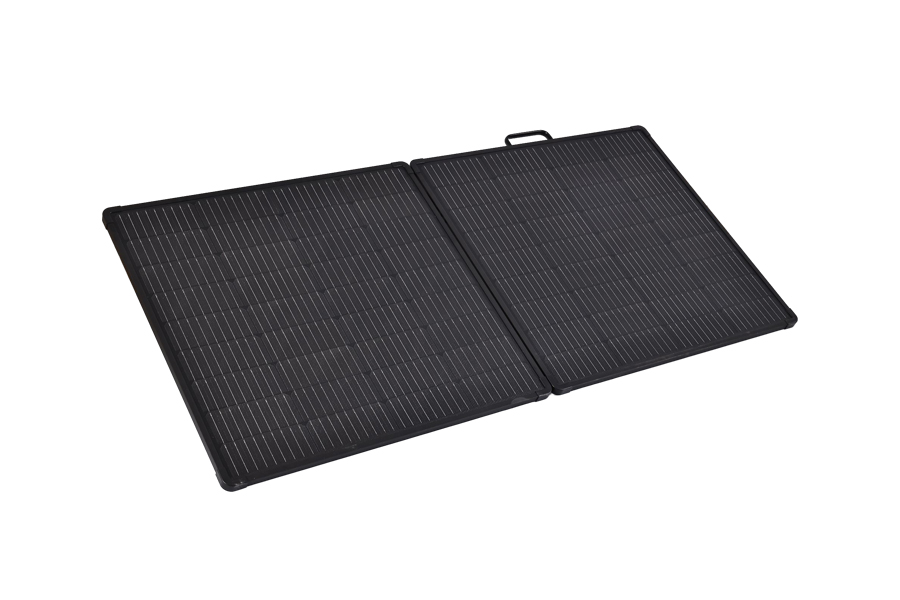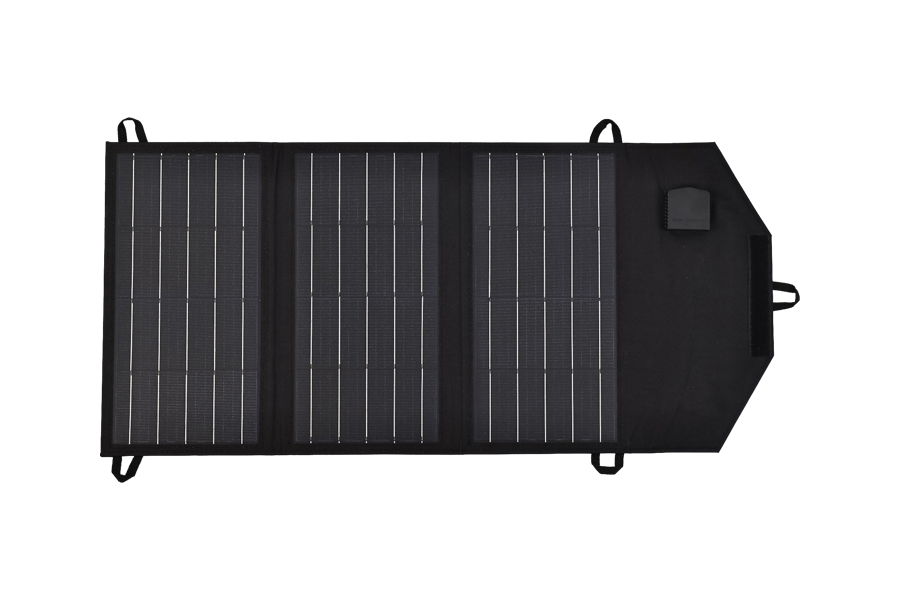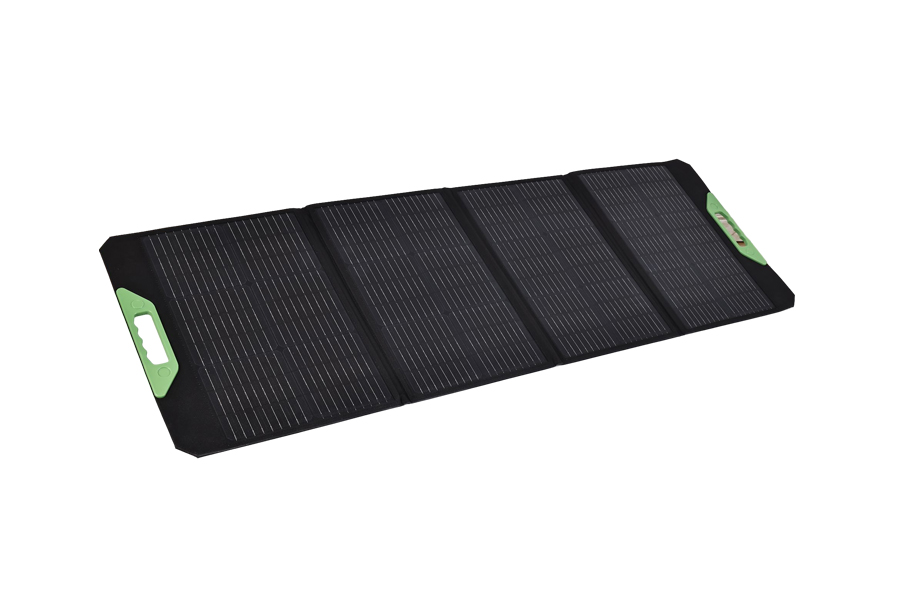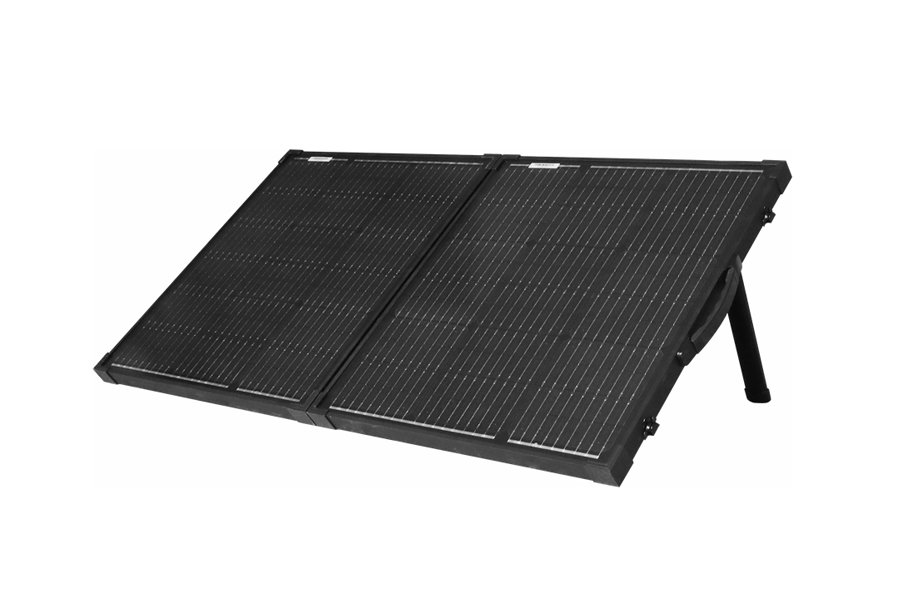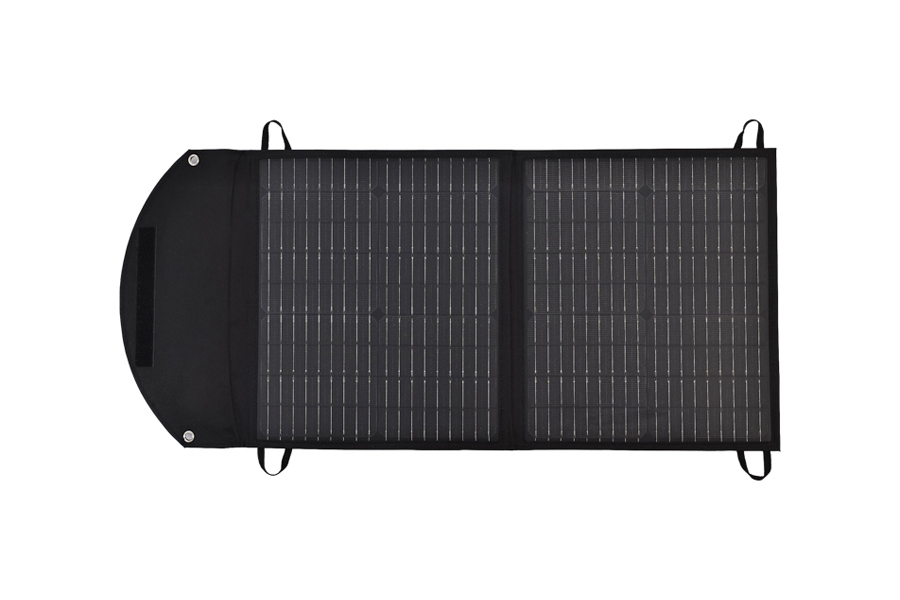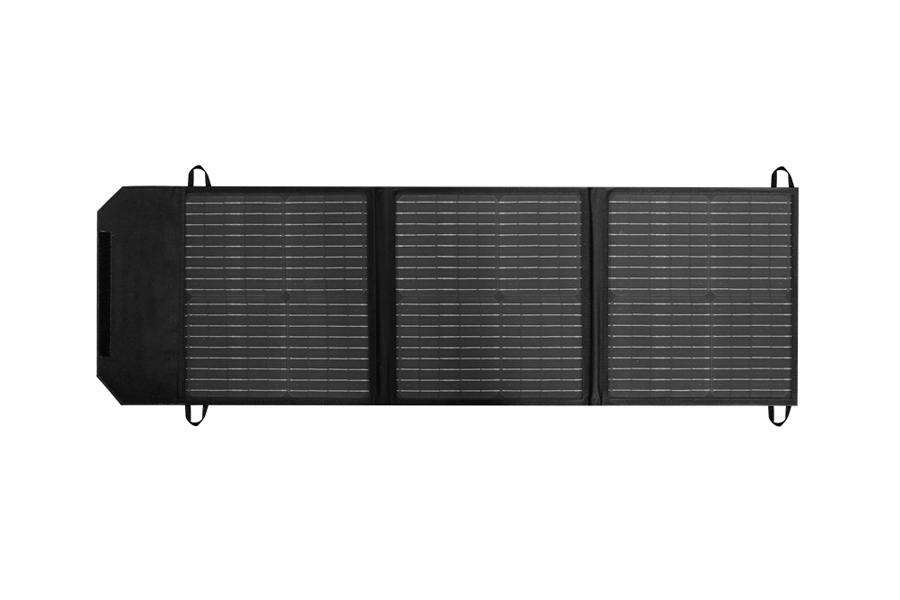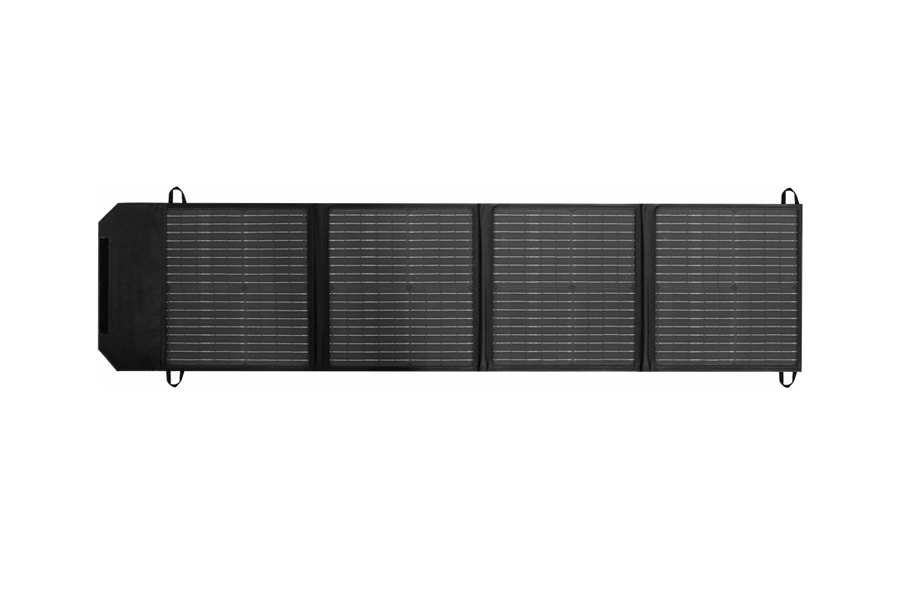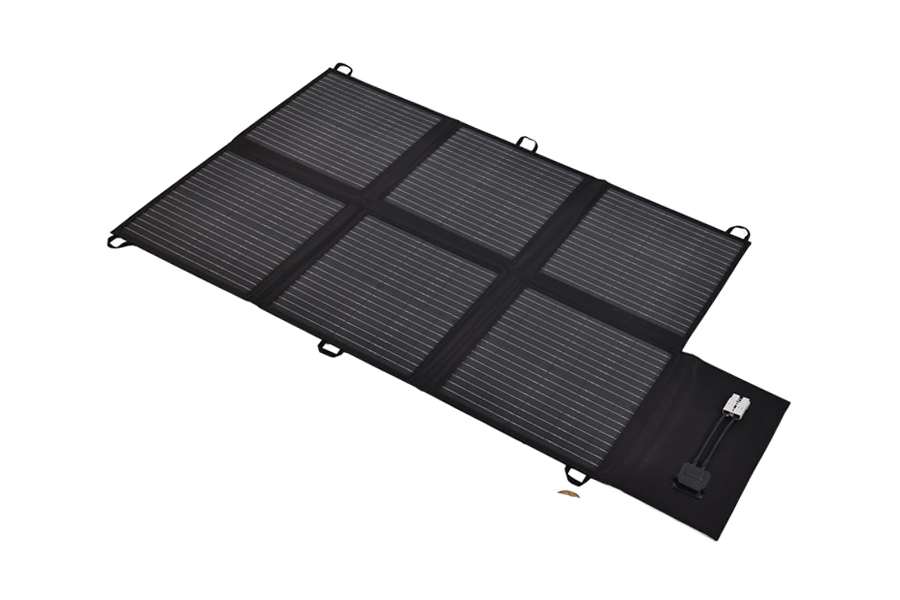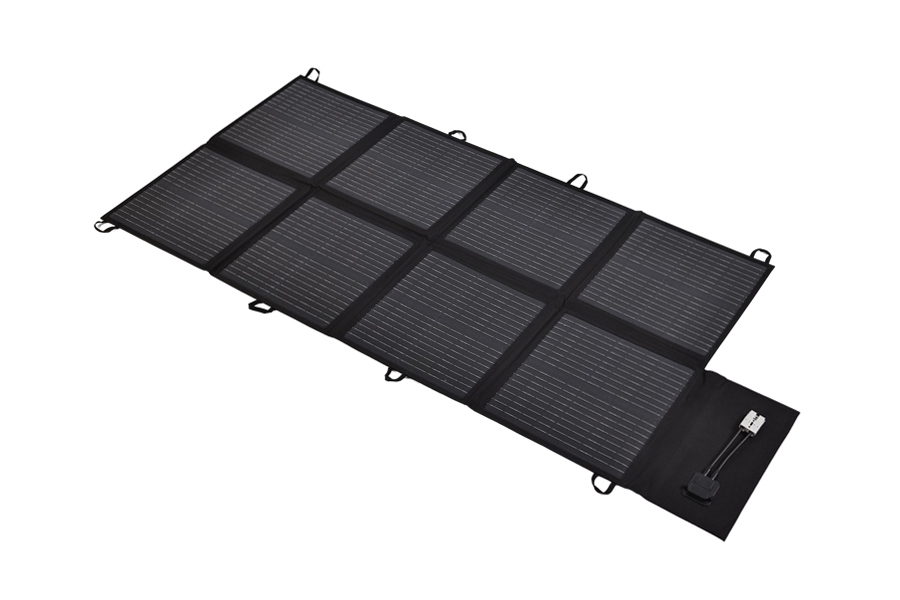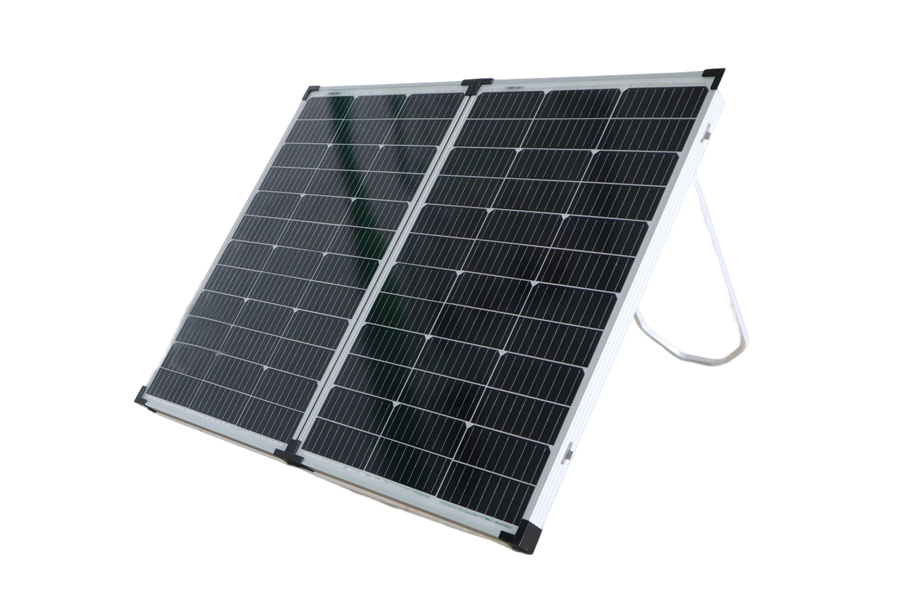In the realm of renewable energy, solar panels have emerged as a prominent solution for harvesting the sun's abundant power. Among the various types of solar panels available in the market, Monocrystalline Solar Panels stand out for their good efficiency and reliability. These panels are made from high-quality silicon crystals that are uniformly structured, allowing them to achieve high performance levels that make them an attractive choice for both residential and commercial applications.
Monocrystalline Solar Panels are characterized by their single crystalline structure, which is formed by melting pure silicon in a crucible and growing a single crystal ingot. This process results in cells with little structural defects, leading to higher efficiency rates compared to other types like polycrystalline or thin-film solar panels. The efficiency of Monocrystalline Solar Panels typically ranges between 15% and 21%, making them one of the most effective technologies for converting sunlight into electricity.
One of the key advantages of Monocrystalline Solar Panels is their ability to perform well even under less than ideal lighting conditions. Unlike other panels, which may experience significant drops in output under cloudy skies or during the early morning and late afternoon hours, monocrystalline panels maintain a more consistent level of performance throughout the day. This is due to their lower temperature coefficient, which means they are less affected by heat and can continue to generate electricity even when temperatures rise.
The durability of Monocrystalline Solar Panels is another factor contributing to their popularity. The single crystal structure makes these panels less prone to degradation over time compared to polycrystalline counterparts. This means they can maintain their high efficiency for an extended period, often coming with warranties of 25 years or more. Additionally, monocrystalline cells are less susceptible to cracking or breaking, ensuring a long lifespan for the investment.
When it comes to aesthetics, Monocrystalline Solar Panels also have an edge. Their uniform black appearance gives a sleek and polished look that many homeowners and business owners prefer over the blue hue often seen in polycrystalline panels. This allows them to blend seamlessly into rooftops, providing an unobtrusive yet functional addition to any property.
Despite their numerous benefits, Monocrystalline Solar Panels do come with a higher upfront cost compared to other types of solar panels. However, their higher efficiency and longer lifespan mean that they can provide greater value over the long run. As the price of solar technology continues to decrease, the cost difference between monocrystalline and other types of panels is narrowing, making them an increasingly cost-effective option for consumers.
Installation and maintenance of Monocrystalline Solar Panels are relatively straightforward. They require proper positioning to improve sunlight exposure and should be installed by professionals to ensure compliance with safety standards and good performance. Once installed, these panels require little maintenance beyond occasional cleaning to remove dust or debris that may accumulate on the surface.
As the demand for clean energy continues to grow, Monocrystalline Solar Panels are poised to play a significant role in meeting global energy needs. With their high efficiency, durability, and aesthetic appeal, they offer a compelling solution for those looking to reduce their carbon footprint and rely on sustainable energy sources. As research and development continue to advance the field of photovoltaics, it is likely that Monocrystalline Solar Panels will remain at the forefront of solar technology, powering homes and businesses for years to come.



 English
English 中文简体
中文简体 Français
Français Español
Español Deutsch
Deutsch



